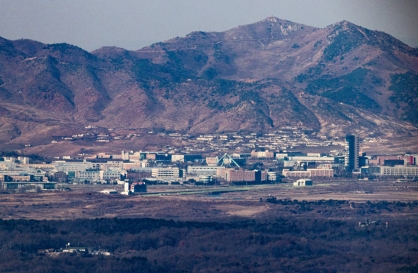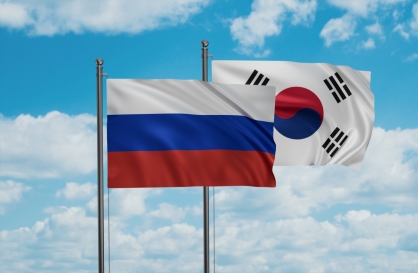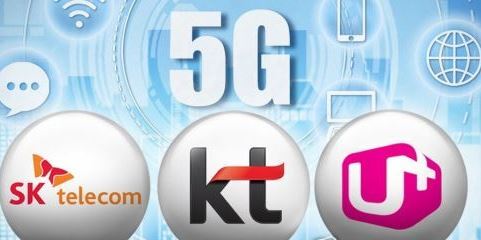 |
The logos of the three major mobile carriers in South Korea (Yonhap) |
SEJONG -- For the first time in history, last year consumer demand for mobile broadband services in South Korea fell short of the average level for members of the Organization for Economic Cooperation and Development.
According to the Paris-based organization, subscriptions to mobile broadband, also called wireless high-speed internet, stood at 113.6 per 100 people in Korea as of December 2019, having inched up from 113.5 per 100 people the previous June.
In contrast, the average for the 37-member OECD was 114.6 per 100 people, having climbed from 112 per 100 people over the corresponding period. The comparison data counts multiple subscriptions per person for gadgets such as smartphones, tablet PCs and car navigation systems.
The OECD defines a mobile broadband subscription as one that offers data speeds of 256 kilobits per second or faster. The subscription must allow access to the internet via HTTP and must have been used to make a data connection via internet protocol in the previous three months.
Between the fourth quarter of 2009 and the second quarter of 2012, Korea topped the list among OECD members in terms of mobile broadband supply rates.
But its ranking slid consistently after that time, reaching No. 14 in the fourth quarter of 2019.
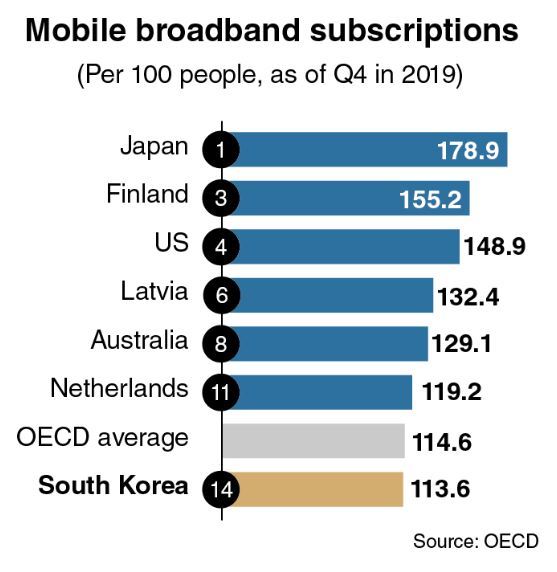 |
(Graphic by Kim Sun-young/The Korea Herald) |
Japan ranked No. 1 with 178.9 subscriptions per 100 people. The country has topped the list since the second quarter of 2016.
Estonia ranked second with 157.79 subscriptions per 100 people, followed by Finland with 155.2, the US with 148.9, Denmark with 136.9, Latvia with 132.4 and Israel with 129.3.
Just behind them were were Australia with 129.1, Sweden with 125.7, Luxembourg with 120.6, the Netherlands with 119.2, Poland with 117 and Iceland with 115.9.
The OECD average increased about 260 percent during the 2009-2019 period, soaring from 31.6 to 114.6 per 100 people.
A local analyst attributed the situation to the relatively high consumer prices for LTE services in Korea and the active use of Wi-Fi among users of mobile gadgets and tablet PCs.
“On the back of widespread Wi-Fi zones at coffee shops or public transportation, as a substitute, more local users are reluctant to sign up for expensive data services, particularly for tablet PCs,” he said.
Fees for mobile data usage in Korea are reportedly more than 100 percent higher than the OECD average, with the UK-based website cable.co.uk putting the latest available figures at $15.20 per gigabit vs. $6.54 per gigabit.
The corresponding charges were $12.37 per gigabit in the US, $8.34 in Japan, $6.96 in Germany, $2.99 in France, $2.47 in Australia, $1.73 in Italy and $1.16 in Finland.
Meanwhile, Korea ranked fifth in demand for fixed wired broadband, alongside Norway. Both nations had 42.3 per 100 inhabitants with fixed wired broadband subscriptions.
Korea saw that figure rise by 27.7 percent over the past decade, from 33.1 in the second quarter of 2009.
According to the OECD, fixed wired broadband subscriptions include the total number of subscriptions to the following broadband technologies with download speeds of 256 kilobits per second or faster: DSL, cable modem, fiber-to-the-home and other fixed technologies such as broadband over power lines and leased lines.
Switzerland was first in fixed wired broadband subscriptions with 46.5 per 100 people, followed by France with 44.1, Denmark with 43.6 and the Netherlands with 43.3.
While the average for the 37 OECD members was 31.8 per 100 people, Japan and the US posted 32.5 and 34.6, respectively.
By Kim Yon-se (
kys@heraldcorp.com)


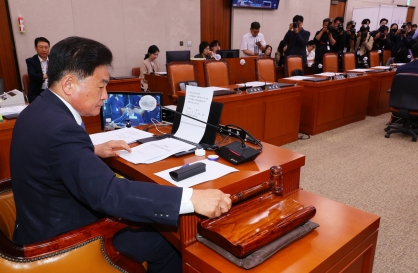



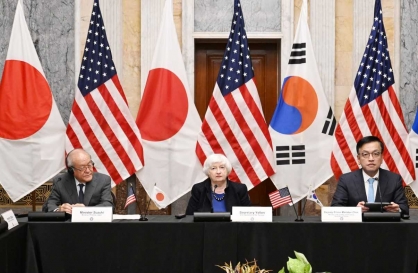
![[KH Explains] Hyundai's full hybrid edge to pay off amid slow transition to pure EVs](http://res.heraldm.com/phpwas/restmb_idxmake.php?idx=644&simg=/content/image/2024/04/18/20240418050645_0.jpg)
